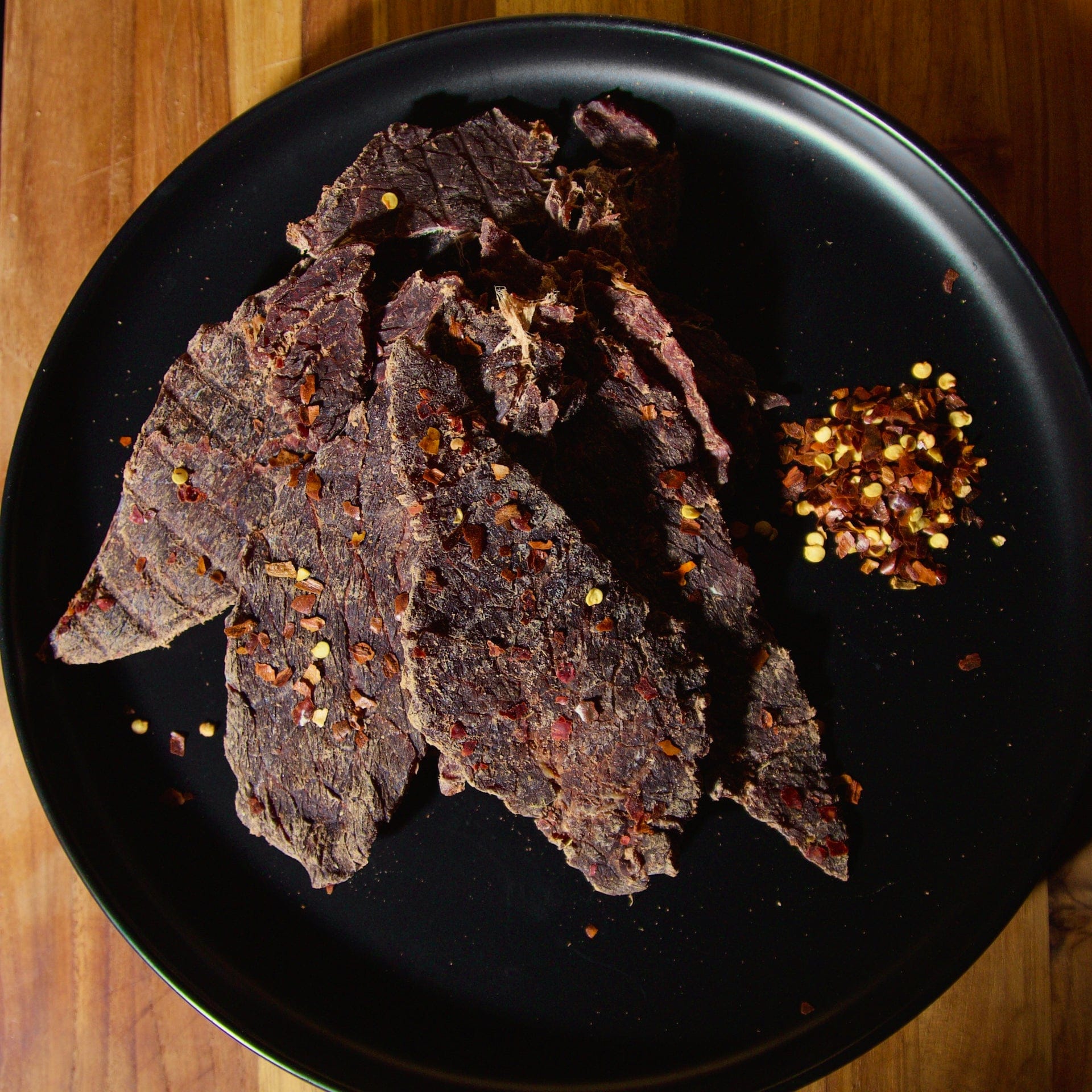
Understanding the Cost of Beef Jerky
Cost of Production
The cost of producing beef jerky is a multifaceted process that begins with selecting high-quality cuts of beef. Unlike other snacks that may use fillers, beef jerky is crafted from pure beef, and that alone can significantly drive up the price. For instance, it typically takes about 2.5 to 3 pounds of raw beef to create just one pound of jerky, a fact that highlights the efficiency required in production.
Key stages involved in production include:
- Sourcing Quality Meat: High-quality, grass-fed, or sustainably raised cattle are often the standard.
- Dehydration Process: Many hours of labor go into the meticulous drying process to achieve the desired texture, paying homage to traditional craftsmanship.
By investing in premium ingredients and sophisticated equipment, companies seek to ensure that consumers receive a product that is flavorful and satisfying. This level of dedication translates directly to the cost consumers see at checkout.
Factors Impacting Price
Several external factors impact the overall pricing structure of beef jerky, making it appear more expensive than other snacks:
- Economic Conditions: Increases in beef prices due to droughts and feed shortages lead producers to raise prices.
- Labor Costs: The intricate process of producing jerky requires skilled labor, adding to the final cost.
- Packaging: High-quality, moisture-proof packaging ensures freshness and contributes to shelf stability, thereby increasing expenses.
Understanding these factors helps justify the cost, highlighting that when purchasing beef jerky, consumers are investing in quality, nutrition, and craftsmanship.
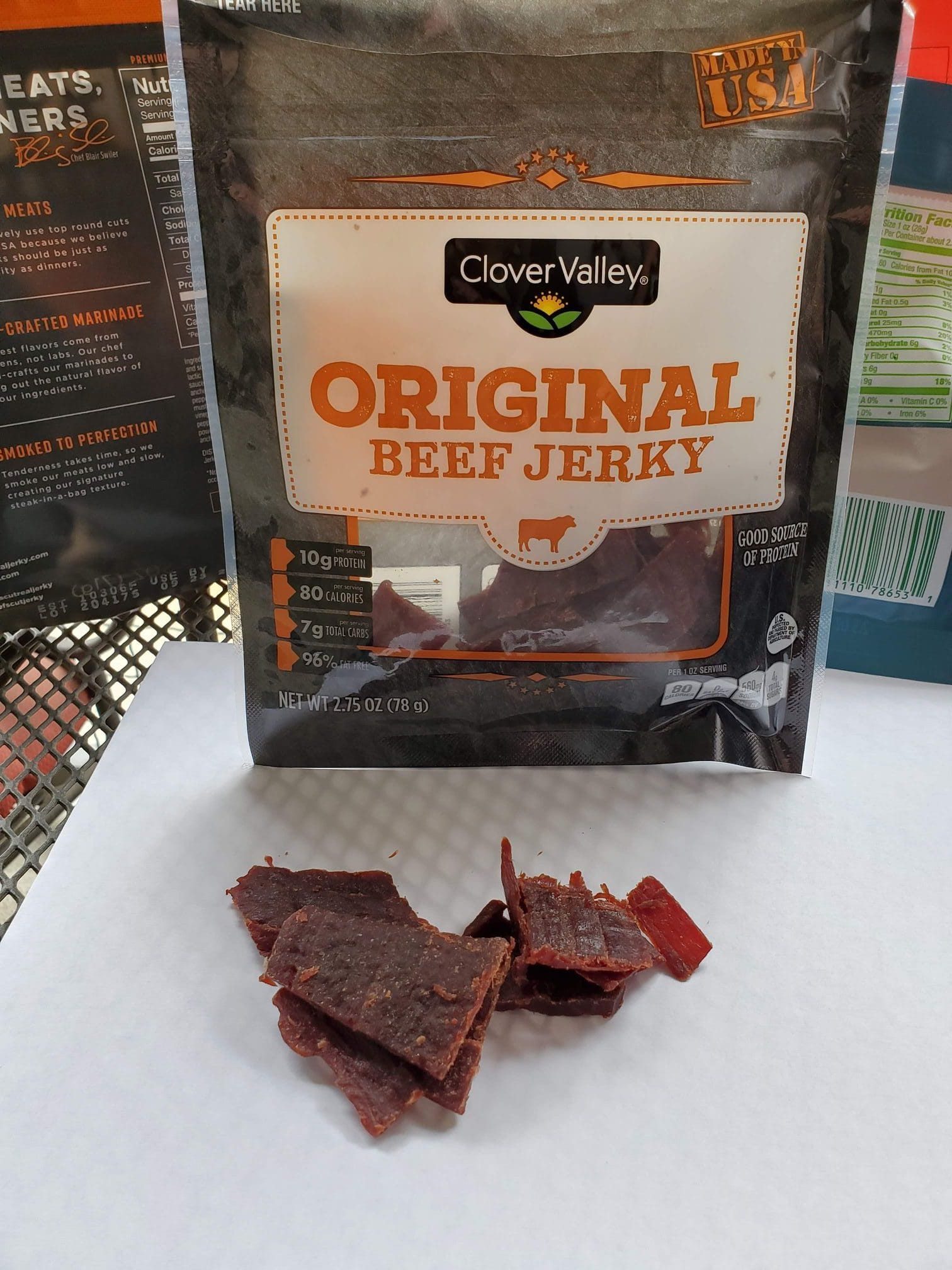
Quality and Ingredients
Quality Standards
When it comes to beef jerky, quality isn't just a nice-to-have; it's essential. The standards for high-quality jerky are stringent and touch upon every aspect of its production. This includes sourcing beef from:
- Grass-fed cattle: Known for better flavor and nutritional benefits.
- Responsible farming practices: Ensures ethical treatment of animals and sustainable farming.
Premium jerky makers prioritize quality by meticulously selecting cuts that are low in fat and high in protein. This might mean higher prices upfront, but consumers benefit from a product that offers robust flavor and satisfying texture. Makers often implement rigorous quality control checks, ensuring every batch meets the highest taste and safety standards.
Influence of Ingredients on Price
The ingredients used in beef jerky play a crucial role in determining its overall price. Unlike mass-produced options that often rely on fillers and preservatives, premium jerky brands focus on:
- Natural spices and marinades: Ingredients such as organic soy sauce and smoked paprika enhance flavor without artificial additives.
- Flavor innovation: Some brands incorporate unique elements like whiskey or honey, further elevating the jerky experience.
This commitment to quality ingredients not only ensures a tastier product but also leads to higher production costs. Thus, when buying beef jerky, consumers are investing in both flavor and nutrition, making the expense worthwhile.
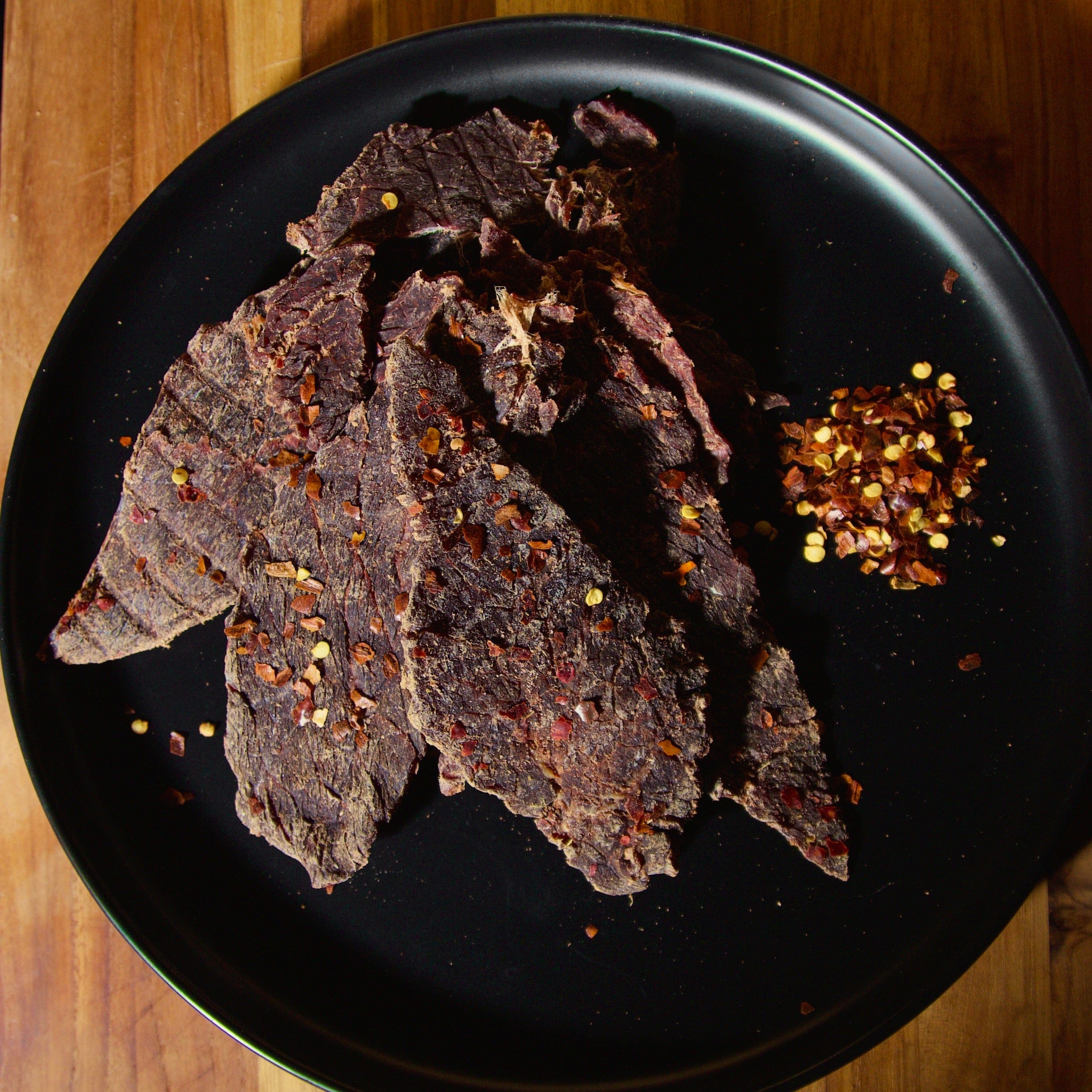
Packaging and Marketing
Packaging Costs
When grabbing a bag of beef jerky, many consumers overlook the intricacies of its packaging. The cost to keep jerky fresh and delicious is substantial, often integrated into the overall price. Quality packaging is crucial, not just for aesthetic appeal but also for maintaining freshness and extending shelf life. Many brands invest in:
- High-barrier bags: These keep oxygen at bay and prevent spoilage.
- Oxygen absorbers: Often included to maintain optimal flavor and texture.
This commitment to high-quality packaging ensures that what you get is nothing short of exceptional, but it does add to the overall expenses that brands incur.
Branding and Marketing Strategies Impact
Branding and marketing are vital components that also contribute to the pricing of beef jerky. With the rise of craft jerky brands, companies now emphasize unique flavors, health benefits, and artisanal qualities. This competitive landscape demands:
- Engaging storytelling: Craft brands often highlight their sourcing practices or innovative flavors, creating a deeper connection with consumers.
- Visual appeal: Eye-catching designs and clear ingredient labels add to the marketing costs.
These strategies warrant a higher price point, but they serve to attract consumers looking for a superior snacking experience that goes beyond mere sustenance.
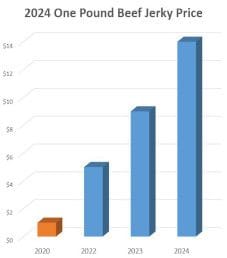
Supply and Demand Economics
Influence of Demand on Pricing
The world of beef jerky pricing is largely driven by the fundamental principles of supply and demand. In recent years, there has been a noticeable uptick in demand for high-quality beef jerky, spurred by increased health consciousness and the pursuit of protein-rich snacks. This robust appetite can drive prices higher, particularly when consumers are willing to pay a premium for artisanal flavors or unique ingredients. Some key factors influencing demand include:
- Health trends: The desire for nutritious, protein-packed snacks has made jerky an attractive option for fitness enthusiasts.
- Variety and novelty: Innovative flavors and gourmet options attract adventurous eaters, further fueling demand.
This surge in interest leads to a direct impact on pricing, as producers capitalize on the growing consumer base willing to pay more for their product.
Effects of Supply Chain on Price
The intricate supply chain associated with beef jerky production can introduce additional costs. Factors such as:
- Raw material costs: Rising beef prices due to supply shortages, such as those caused by drought or economic shifts, directly affect production.
- Labor shortages: The scarcity of skilled labor during and post-COVID-19 has introduced delays and higher wages, escalating costs further.
These supply chain issues build up, making it difficult for brands to maintain competitive prices without sacrificing quality. Consequently, consumers see the culmination of these factors reflected in the price of their cherished beef jerky.
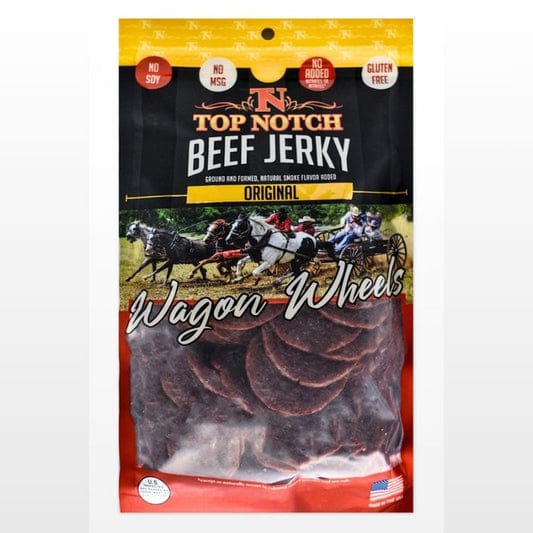
Comparison with other Snack Foods
Price Analysis with Similar Products
When comparing beef jerky to other popular snack foods, it’s essential to consider not only the price point but also what you’re getting for that price. For instance, a standard bag of potato chips may cost around $3 for about 8 ounces. In contrast, a 3-ounce bag of beef jerky typically retails for about $6 to $10. However, let’s break it down based on nutritional value:
- Beef Jerky: About 10-15 grams of protein per ounce, packed with flavor.
- Potato Chips: Usually only 2-3 grams of protein per ounce, high in empty carbs.
While the upfront cost of jerky is higher, you're getting a more nutrient-dense treat, contributing to satiety and sustained energy.
Value Proposition of Beef Jerky
The value of beef jerky extends beyond mere pricing. It embodies several key advantages:
- High Protein Content: One of the best protein-rich snacks available, perfect for pre- or post-workout fuel.
- Convenience: Lightweight and portable, it fits seamlessly into busy lifestyles—whether you’re hiking or commuting.
- Shelf Stability: Unlike many snacks that spoil quickly, jerky has a long shelf life, allowing it to be a staple in your pantry.
When you factor in nutrition, convenience, and the satisfaction it provides, beef jerky truly earns its premium price tag, standing out as a worthwhile investment for health-conscious snackers.
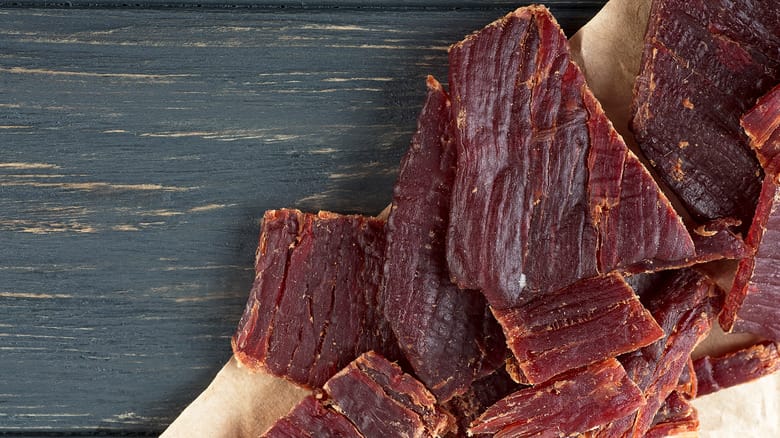
Consumer Behavior and Price Sensitivity
Consumer Preferences
When it comes to purchasing beef jerky, consumer preferences are heavily influenced by factors such as flavor, quality, and health benefits. Many shoppers specifically look for:
- High protein content: Health-conscious individuals appreciate jerky as a protein-rich snack alternative.
- Unique flavors: Gourmet options like teriyaki, bacon, or spicy jalapeño attract adventurous eaters, making jerky an exciting choice.
Interestingly, consumers are often willing to overlook higher prices for premium jerky that meets their dietary needs and flavor cravings. This trend highlights a shift toward prioritizing quality over quantity, as more people are willing to pay a bit more for a product they perceive as superior.
Elasticity of Demand
The elasticity of demand for beef jerky is an intriguing factor in its pricing strategy. While the prices may be rising, the demand remains relatively inelastic, meaning that consumers continue to buy it even as cost increases. Why is this the case?
- Nutritional Value: With jerky’s high protein content and convenience, it often holds its value compared to cheaper snack foods that may provide less satiety.
- Brand Loyalty: Many jerky enthusiasts develop strong preferences for specific brands or flavors, making them less sensitive to price fluctuations.
Ultimately, this loyalty reinforces the idea that consumers see beef jerky as worth the spend. The combination of flavor, quality, and nutritional benefits creates a compelling case that keeps cherishing jerky as a beloved snack, regardless of its price tag.
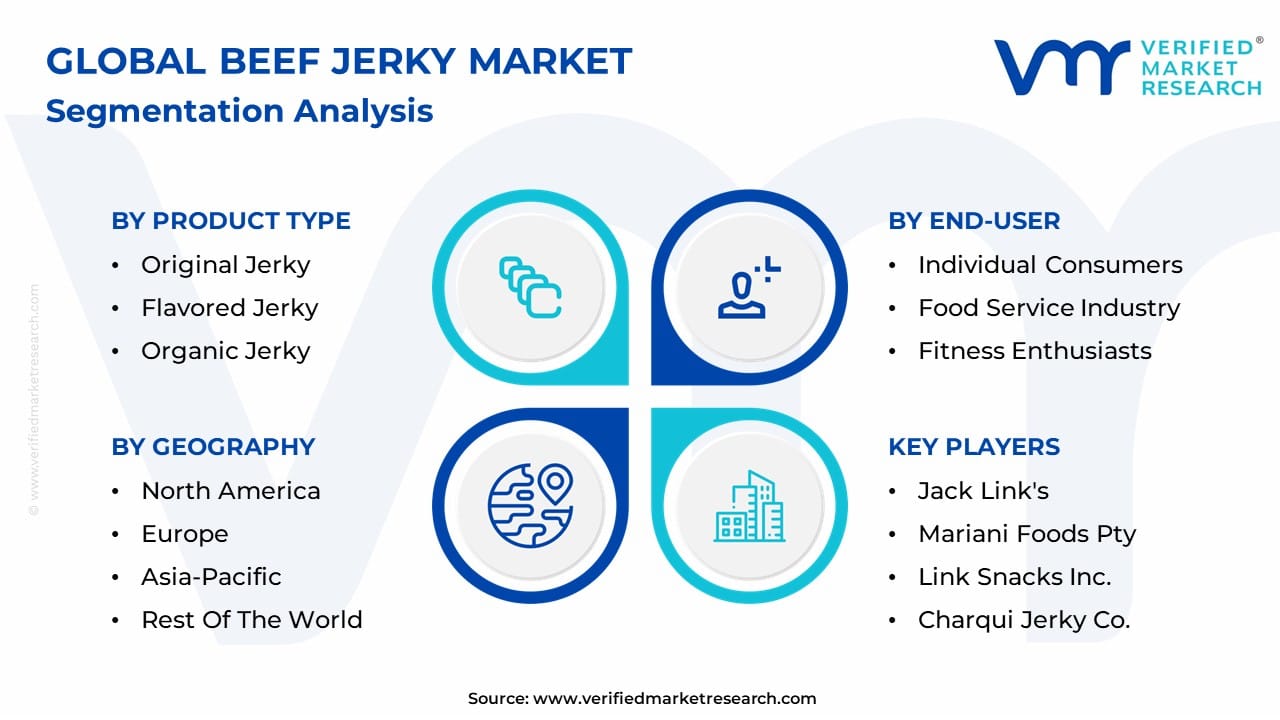
Impact of Seasonality and Market Trends
Seasonal Price Fluctuations
Just like many agricultural products, beef jerky experiences seasonal price fluctuations that are influenced by various factors in the beef market. For instance, during summer months, demand typically rises as people embark on road trips and outdoor adventures. This increased demand can lead to:
- Higher prices: Retailers often capitalize on peak seasons, adjusting prices to reflect the festive environment, especially during holidays.
- Shortages in supply: If production levels do not meet the surge in demand, retailers may raise prices further, making jerky even more expensive.
These seasonal shifts often leave consumers pondering whether to stock up during off-peak times or pay the premium during high-demand periods.
Market Trends Driving Costs
Market trends also play a crucial role in shaping jerky prices. Recent shifts toward healthier snacking options have led to a greater emphasis on high-quality ingredients, which naturally increases production costs. Factors that are driving these costs include:
- Rising beef prices: Fluctuating beef prices due to supply chain challenges and increased feeding costs directly impact jerky pricing.
- Consumer preferences: The shift toward premium-quality, organic, or non-GMO beef jerky demands more from producers, contributing to higher overall expenses.
Ultimately, these trends reflect a broader movement in the snack industry, where consumers are willing to invest more in quality snacks for enhanced health benefits and flavor profiles.
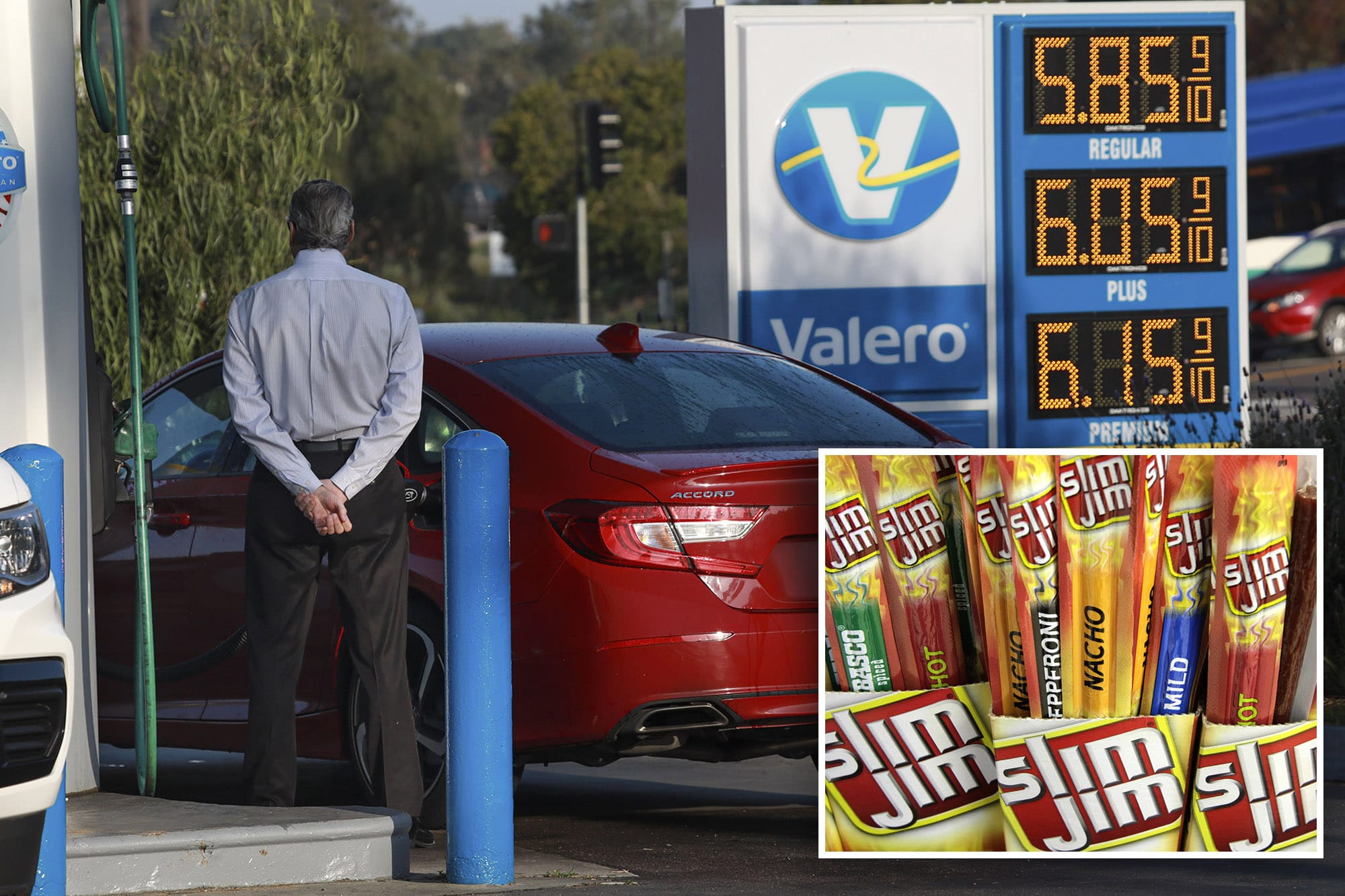
Overcoming Price Barriers
Cost-Effective Alternatives
While beef jerky is undeniably a delicious and protein-packed snack, its price tag can pose a challenge for budget-conscious consumers. However, there are cost-effective alternatives that don't sacrifice flavor or quality. For instance, individuals can consider:
- Making jerky at home: By purchasing high-quality beef in bulk and dehydrating it themselves, snackers can save on both ingredients and packaging costs.
- Exploring different protein sources: Alternatives like turkey jerky or plant-based jerky options can be more affordable while still offering high protein content.
- Buying in bulk: Many brands offer discounts for larger purchases, making it easier to stock up without feeling the financial pinch.
These alternatives allow consumers to enjoy the satisfying taste of jerky without overextending their budgets.
Consumer Perception and Pricing Strategy
Consumer perception plays a critical role in how jerky is priced. Many snackers recognize the quality, craftsmanship, and nutritional value that comes with premium jerky. This awareness often leads to a willingness to pay more, as they associate the product with higher quality and better health benefits.
To effectively navigate this, brands can adopt transparent pricing strategies, spotlighting the meticulous processes and high-quality ingredients that justify costs. For example, highlighting stories behind sourcing, ethical farming practices, and even flavor innovation can enhance perceived value and encourage purchases, even at higher price points. Ultimately, brands that successfully communicate their value proposition will find a loyal customer base willing to invest in their favorite snack.
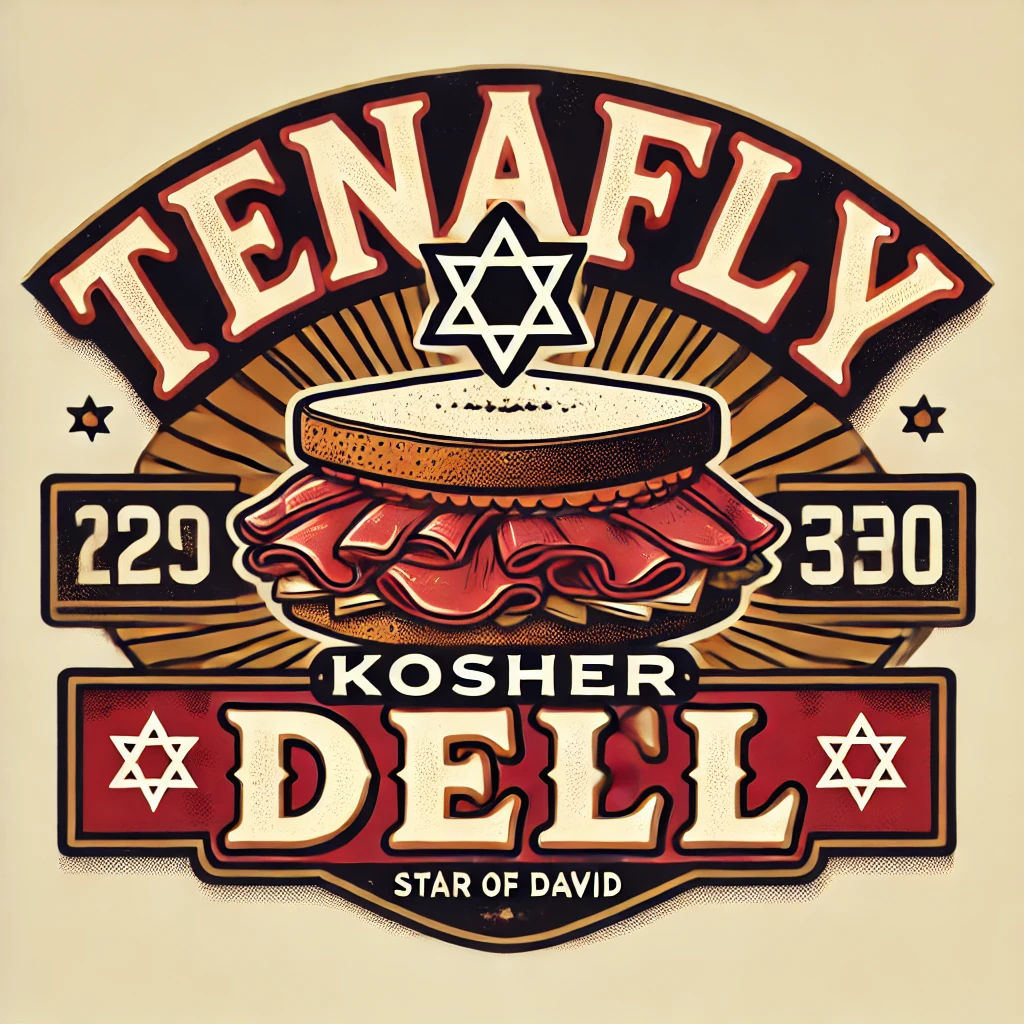
A Bergen County institution celebrating authentic Jewish cuisine since 1985. Our pastrami—brined for 14 days, smoked over applewood for 12 hours, and steamed to perfection—creates a melt-in-your-mouth experience that rivals Manhattan’s finest delis. Our rye bread is baked fresh daily using a century-old recipe from Poland. Featured in Food & Wine’s “Top 10 Delicatessens in America” and on Food Network’s “Best Thing I Ever Ate.” Chef Moshe Greenbaum, a third-generation deli master trained at the Culinary Institute of America, ensures every sandwich meets our exacting standards. No wonder our customers drive from three states away.
Leave a Reply